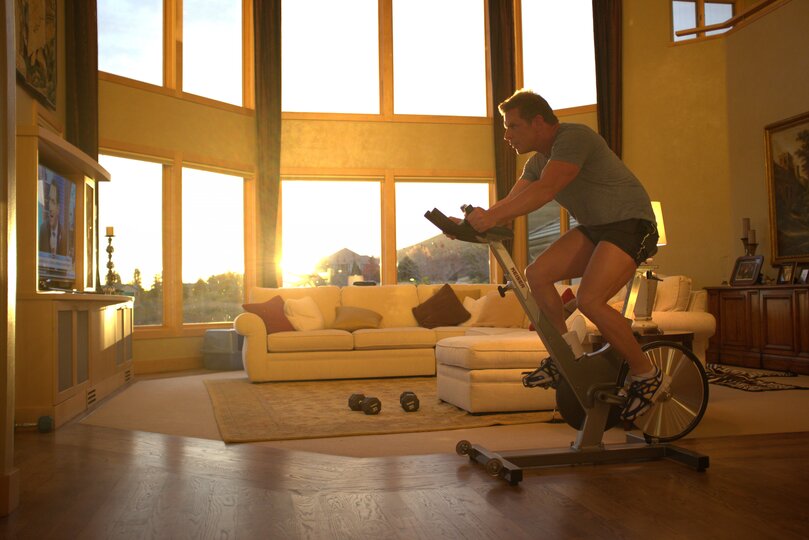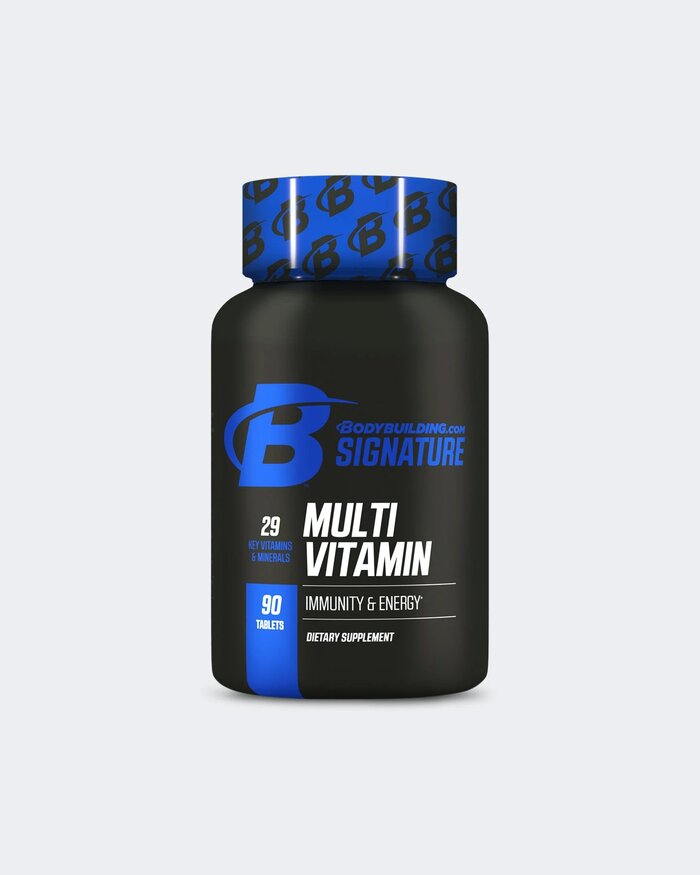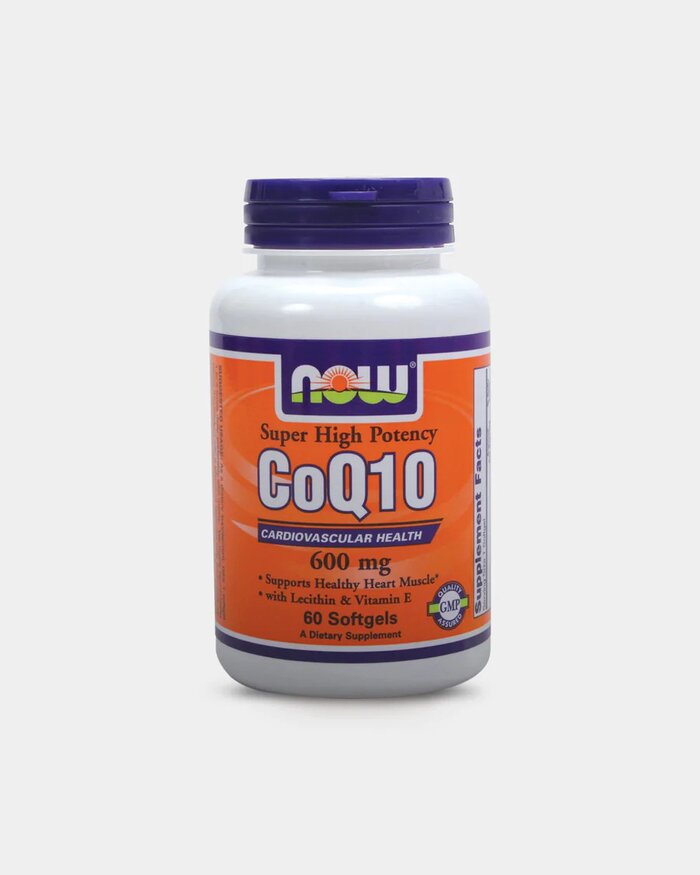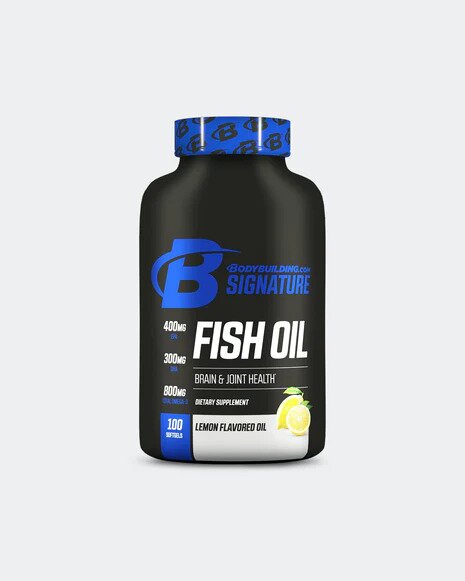Most people are familiar with your heart rate referring to how many times your heart beats per minute. HRV or heart rate variability is the measurement of the millisecond variations between heart beats known as R-R interval. For example, if your heart rate is 60 bpm then the average is 1 beat per second. However your heart doesn’t beat uniformly. Some beats may take .97 seconds and others may take at 1.03 seconds. These fluctuations are based on a variety of biological factors such as age, sex, genetics as well as training volume, diet, hydration, alcohol, sleep quality, respiration rate, meditation, and stress.
Science
Although HRV measures the heart, it originates with the autonomic nervous system (ANS). This system controls involuntary physiology such as your heartbeat, breathing, blood pressure and various organ functions. ANS is divided into two types: (1) sympathetic nervous system (SNS) which serves to excite the body by releasing adrenaline, increasing heart rate, blood pressure, cardiac output, and blood flow to muscles. (2) parasympathetic nervous system (PNS) which serves to conserve and restore energy by decreasing heart rate and blood pressure as well as increasing digestion and absorption of nutrients. These two complementary systems simultaneously send signals to slow or quicken the heart which directly affects your HRV.
Cardiovascular Performance
HRV measures the balance between your sympathetic and parasympathetic nervous systems which can inform you of your current cardiac status and help predict your upcoming cardiovascular performance. HRV can help your performance in several ways. First it can be used as a holistic measure of your total training load. In general when you have a high HRV, it means your body is responsive to both sympathetic and parasympathetic inputs. Therefore, you are ready to perform optimally. Generally when you have a low HRV it means that your body is stressed from too much training or not enough regeneration. Therefore, you should focus on resting, refueling, and recovering. Second, HRV can be used to determine overall adaptation to a training program by seeing if your HRV increases or decreases over time. Third, HRV can identify which days that you are overtraining. If you experience a sharp decline in HRV on a particular day of the week, it could indicate a sign of overtraining or under-recovery. Therefore, you should take a rest day or scale back your workout. Fourth, HRV could be used to identify susceptibility to injury or illness. If you experience a multi-day decline in HRV, it could indicate the onset of sickness.
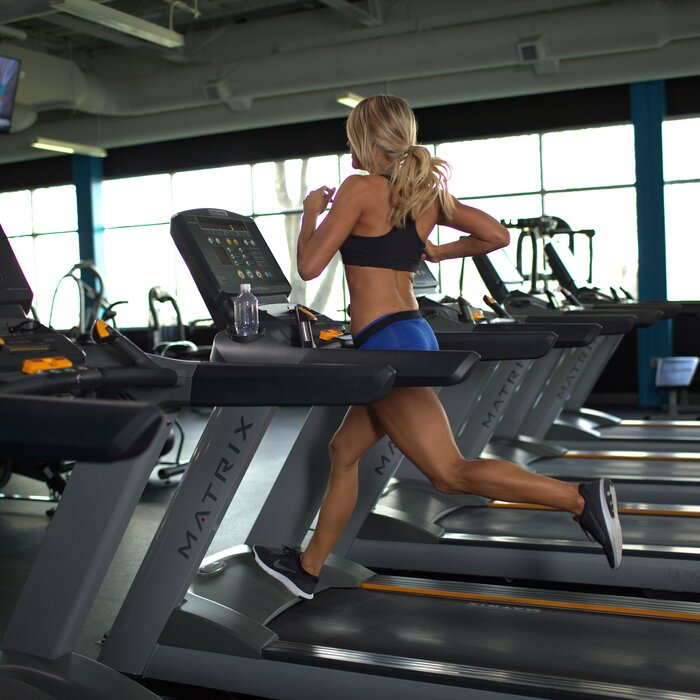
Measurement
There are two standard ways to measure HRV: (1) Photoplethysmography (PPG) which detects blood volume changes in the tissue under the skin surface such as Apple watch, Fitbit, Whoop, or Oura Ring. (2) Electrocardiography (ECG) which measures the heart’s electrical activity such icas Polar Vantage, Wahoo Tickr or a device in a standard medical facility.
Normal HRV
A normal adult HRV can range from below 20 to over 200 milliseconds with 20-year-olds averaging between 60-100ms; 40-year-olds between 35-75ms; 60-year-olds between 25-55ms. Unfortunately there is no definitive answer of what your HRV should be because HRV is highly individualized and dependent on many genetic and environmental factors. For example: younger people have higher HRVs than older people; men have higher HRVs than women; endurance athletes have higher HRVs than strength athletes. The goal is not having the highest absolute score nor is it productive to compare your number to your friends, rivals, or instagram crush since there are world class athletes with HRV’s under 40ms. Instead you should look at your HRV as a baseline to be improved upon.
Tips on Improving HRV
Here are 5 tips scientifically proven tips to improving your HRV:
1. Exercise - Studies have shown that regular cardiovascular exercise will increase your HRV at any age for sedentary individuals. Another study has shown that well trained individuals using a HRV based approach instead of block periodization can increase overall performance. (1) (2) If you’re needing a structured workout plan, make sure to check out all the programs here.
2. Consistent Schedule - Your body will perform its best when you are on a consistent sleeping, eating, and exercising routine. The consistency will allow your body to be better prepared for novel stimuluses. (3) (4)
3. Supplements - Studies have shown that a deficiency in Vitamin B12 and Vitamin D is correlated with lower HRV. There are promising studies indicating that Vitamin E, Magnesium, CoQ10, L-Theanine, and Omega-3’s could help increase HRV. (5) (6)
Because studies indicate lower HRV is associated with being deficient in vitamins, a good multivitamin may help with a higher HRV.
Signature Multivitamin
This multivitamin has 29 nutrients packed into it including Vitamin B12, Vitamin D, Vitamins E, and Magnesium which could play a part in improvising HRV.
Another key ingredient mentioned above is CoQ10. CoQ10 is a compound found in the body, but especially concentrated in the heart and other organs. It plays an important role in cellular energy and declines with age.
NOW CoQ10 600
This product specifically provides you with 600 mg of CoQ10 per serving, but also Vitamin E as they work well together.
Last but certainly not least, like mentioned before, omega-3’s can help increase HRV. Not only can it help the cardiovascular system, but also your brain, joints, and immune system.
Signature Fish Oil
This fish oil has 1,250mg of total fish oil with 800mg of it coming in the form of Omega-3. It also has a refreshing lemon-flavored eccentric coating to minimize the fishy aftertaste you hear people talk about when it comes to taking these supplements.
4. Hydration – It’s no surprise that hydration is an important component to being healthy as well as helping improve your HRV. One study demonstrated that post-exercise dehydration contributed to a significant reduction in HRV because of higher metabolic resting state and higher blood pressure. (7) (8)
5. Stress Reduction – Studies have shown that stress contributes to lower HRV. Other studies have shown that relaxation techniques such meditation, yoga, breathing work, and relaxation will lower stress and increase HRV.
Citations
- https://www.ncbi.nlm.nih.gov/pmc/articles/PMC5624990/
- https://pubmed.ncbi.nlm.nih.gov/12370569/
- https://www.ncbi.nlm.nih.gov/pmc/articles/PMC6141929/
- https://www.ncbi.nlm.nih.gov/pmc/articles/PMC7231600/
- https://www.ncbi.nlm.nih.gov/pmc/articles/PMC8072942/
- https://pubmed.ncbi.nlm.nih.gov/25726222/
- https://www.ncbi.nlm.nih.gov/pmc/articles/PMC4728961/
- https://www.ncbi.nlm.nih.gov/pmc/articles/PMC7142551/
- https://pubmed.ncbi.nlm.nih.gov/16930802/
- https://pubmed.ncbi.nlm.nih.gov/9530431/
- https://pubmed.ncbi.nlm.nih.gov/16616012/
- https://pubmed.ncbi.nlm.nih.gov/24117482/
- https://www.ncbi.nlm.nih.gov/pmc/articles/PMC1767471/
- https://www.ahajournals.org/doi/full/10.1161/01.cir.94.11.2850
- https://www.ncbi.nlm.nih.gov/pmc/articles/PMC2903986/
- https://pubmed.ncbi.nlm.nih.gov/15741842/
